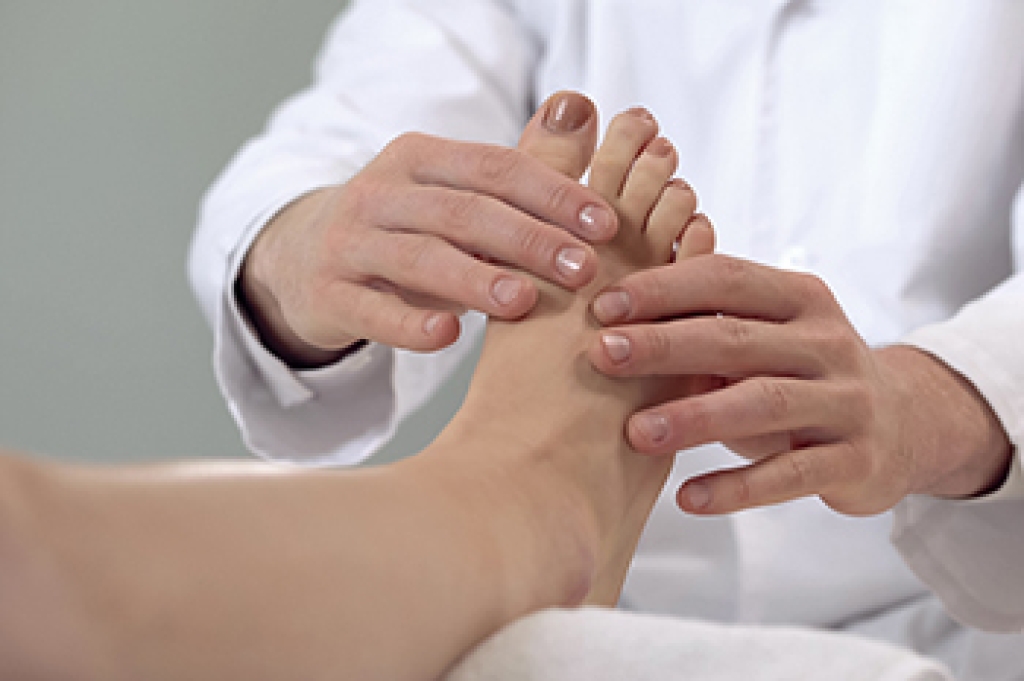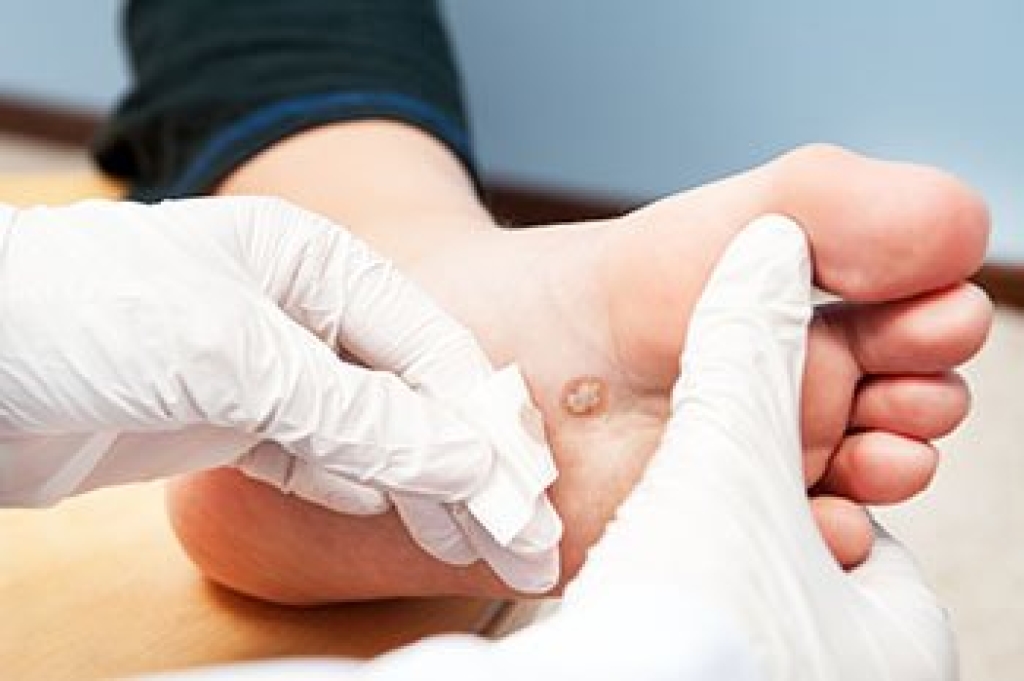
Surgery for plantar fasciitis is considered when long-term heel pain does not improve with conservative care. The goal of surgery is to reduce tension and inflammation in the plantar fascia, which is the thick band of tissue supporting the arch. A plantar fasciotomy is a procedure that involves partially releasing the plantar fascia to relieve strain and promote healing. An endoscopic plantar fasciotomy is a minimally invasive approach that uses small instruments and a camera to perform the release with less tissue disruption. This method often allows for smaller incisions and a smoother recovery. A podiatrist carefully evaluates symptoms, imaging, and activity level before recommending surgical treatment. If persistent heel pain is limiting your mobility, it is suggested that you schedule a consultation with a podiatrist who can determine which type of surgery is right for you.
Foot surgery is sometimes necessary to treat a foot ailment. To learn more, contact one of our doctors of Favor Foot Ankle Leg & Wound Center. Our doctors will assist you with all of your foot and ankle needs.
When Is Surgery Necessary?
Foot and ankle surgery is generally reserved for cases in which less invasive, conservative procedures have failed to alleviate the problem. Some of the cases in which surgery may be necessary include:
- Removing foot deformities like bunions and bone spurs
- Severe arthritis that has caused bone issues
- Cosmetic reconstruction
What Types of Surgery Are There?
The type of surgery you receive will depend on the nature of the problem you have. Some of the possible surgeries include:
- Bunionectomy for painful bunions
- Surgical fusion for realignment of bones
- Neuropathy decompression surgery to treat nerve damage
Benefits of Surgery
Although surgery is usually a last resort, it can provide more complete pain relief compared to non-surgical methods and may allow you to finally resume full activity.
Surgical techniques have also become increasingly sophisticated. Techniques like endoscopic surgery allow for smaller incisions and faster recovery times.
If you have any questions, please feel free to contact our office located in South Amboy, NJ . We offer the newest diagnostic and treatment technologies for all your foot care needs.




